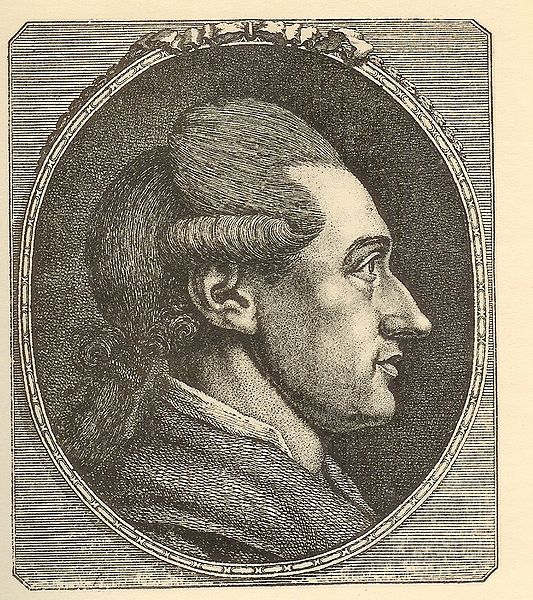A copycat suicide is defined as an emulation of another suicide that the person attempting suicide knows about either from local knowledge or due to accounts or depictions of the original suicide on television and in other media. The publicized suicide serves as a trigger, in the absence of protective factors, for the next suicide by a susceptible or suggestible person. This is referred to as suicide contagion.
Wilhelm Amberg, Reading from Goethe's Werther
Werther and Lotte, from The Sorrows of Young Werther
The Sorrows of Young Werther
The Sorrows of Young Werther, or simply Werther, is a 1774 epistolary novel by Johann Wolfgang Goethe, which appeared as a revised edition in 1787. It was one of the main novels in the Sturm und Drang period in German literature, and influenced the later Romantic movement. Goethe, aged 24 at the time, finished Werther in five and a half weeks of intensive writing in January to March 1774. It instantly placed him among the foremost international literary celebrities and was among the best known of his works. The novel is made up of biographical and auto-biographical facts in relation to two triangular relationships and one individual: Goethe, Christian Kestner, and Charlotte Buff ; Goethe, Peter Anton Brentano, Maximiliane von La Roche, and Karl Wilhelm Jerusalem, who died by suicide on the night of Oct 29 or 30, 1772. He shot himself in the head with a pistol borrowed from Kestner. The novel was adapted as the opera Werther by Jules Massenet in 1892.
First print 1774
Charlotte at Werther's grave
Goethe portrait in profile
Colored engraving of Werther and Lotte.





